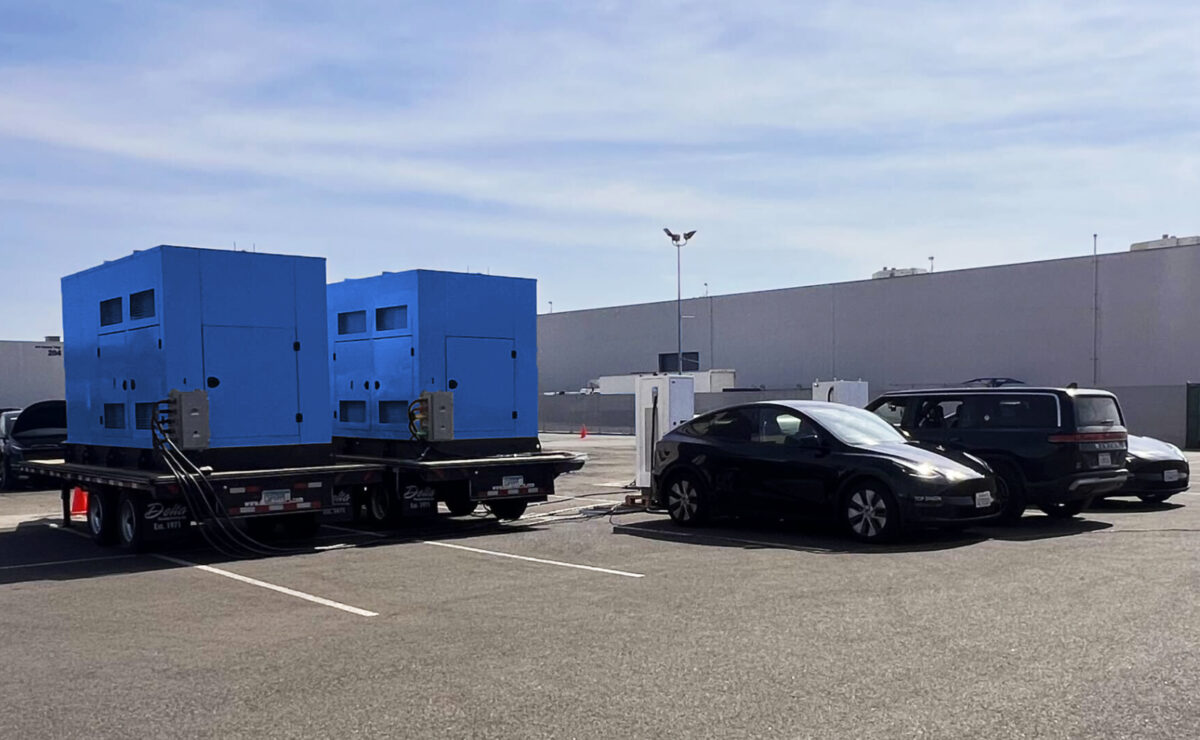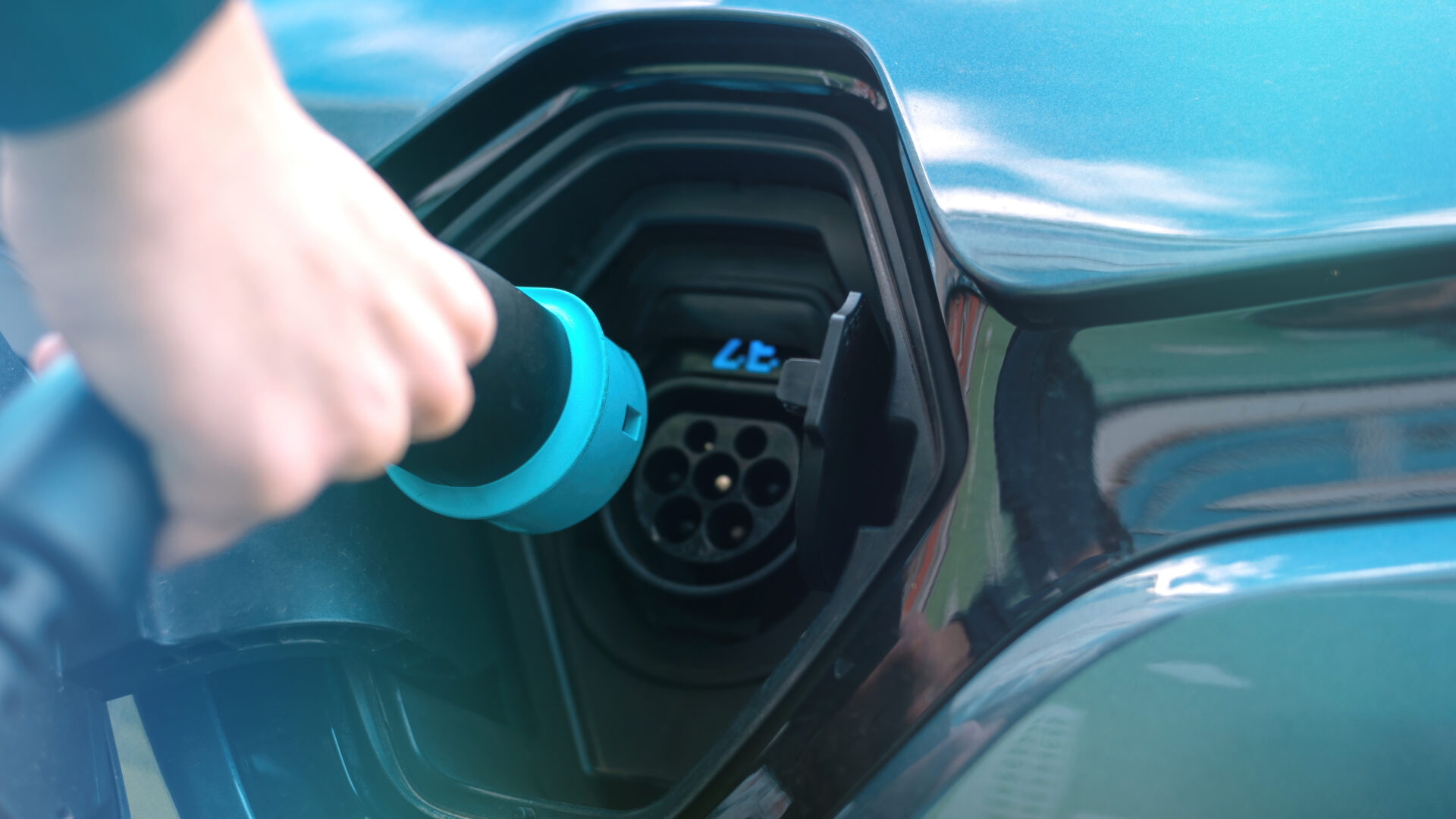In its century-long history, the automotive industry has not undergone a revolution quite as significant as the current electric vehicle (EV) boom. While this technology’s first prototypes emerged nearly parallel to internal combustion engine vehicles (ICE) in the 19th century, recent concerns over the rising impacts of climate change and pressing decarbonization efforts have prompted the rapid adoption and development of improved EVs.
In 2024, over one in every five new cars sold globally were electric, although in countries like Norway those numbers rose to 92% and 48% in China, as per Our World in Data. Public policies have facilitated such a transition: from the Chinese government’s 2015 all-electric vehicles market-boosting decision to the European Union’s prohibition of conventional combustion engines by 2035. However, public perception plays a decisive role, too.
In the United States, where EV sales have increased by 133% in the last decade, 51% of the population either owns or is interested in owning an electric-powered car. With this, the industry’s projected revenue amounts to $95.9 billion USD for 2025, with an annual growth rate of 12.61% through 2029.
The commercial EV market, however, is at the center of the current boom. Vehicles used in vocational work applications such as urban freight, have been leveraged by companies like UPS, FedEx, Amazon and TNT for over a decade in order to comply with growing pressure from both governments and the public.
But while the global adoption of EVs is accelerating, infrastructure developments are lagging behind. Such a gap makes reliable sources of power critical for commercial EV operations in the same way that traditional ICE vehicles rely on readily available gas stations.
According to a recent study published by the Proceedings of the National Academy of Sciences (PNAS), the widespread adoption of EVs, although supportive to decarbonization and net zero efforts, will lead to increased electricity charging loads, which will ultimately challenge power systems’ operations and planning processes. In this, power systems’ three elements all play important roles: electricity generation, transmission, and distribution.
Distribution processes are the least considered when it comes to overseeing the projected increased EV charging load, but such disregard may result in more severe congestion. As such, “it is imperative to understand how constrained the distribution grid will be and what upgrades are needed for the integration of future EV charging demand in the distribution system,” PNAS researchers concluded.
Preparing for overload: off-grid technology
With most EV batteries currently being charged from the grid at residential, public or semi-public charging stations, unreliability reigns and fossil fuel dependency looms; the grid is not accessible everywhere.
And as electric grids around the world face increasing user pressures, new approaches like off-grid technologies are gaining momentum, posing a necessary reevaluation of how to power more EVs. Currently set to manage peak demand periods, extreme weather conditions and deficient infrastructure, these innovations are setting the stage for an EV future through the offsetting of grid strains and making charging more accessible.
Off-grid charging infrastructures have no interface with utility grids and are particularly fit for areas in which the grid is absent or strained. In the United States, areas like Northern Virginia, Georgia and Texas, which are already dealing with higher electricity demands due to the establishment of data and manufacturing centers, benefit from these systems.
Hence, and according to a recent IDTechEx report, off-grid charging technology is emerging as a strong alternative for powering electric fleets without relying on carbon-intensive diesel generators.

Accessibility at the cost of efficiency?
Although off-grid technology is suitable for supplying local loads, it can also offer EV charging services through mobile charging stations (MCSs) for areas particularly vulnerable to grid insecurity.
Charging stations’ widespread availability, however, should not come at the cost of efficiency. During the 2025 Masters Tournament, for instance, cleantech company SparkCharge- the largest off-grid EV charging network- provided their Charging-as-a-Service program while addressing concerns over lacking interoperability between hardware and software.
In delivering their charging solution to over 300 shuttles, staff cars, vendors, and media vehicles, SparkCharge partnered with Synop, a software platform focused on supporting commercial EV fleets, and provided more than 30,000 miles of range over the course of the iconic golfing event.
Without standardization, MCSs may be incompatible with some of the vehicles they are tasked to serve, but the companies’ partnership addressed such hurdles through enhanced controls- including a platform through which chargers could be remotely added-, charger configuration technology, and detailed insights tailored by site, charger, or fleet.
Thus, industry collaboration and innovation results in enhanced user experiences and back-end support, essential for both high-profile events and everyday employment.
Beyond the Masters Tournament success, SparkCharge is also betting on furthering their impact via other strategic partnerships, recently raising $30.5 million USD in funding to boost the company’s customer base and coverage in the United States, Mexico, and Canada.
A mobile-powered future
As EV demand continues to rise and electric-powered fleets continue expanding, the global off-grid charging market will reach $16.6 billion by 2034, with an annual growth rate of 47.1%. With this, the industry can expect more collaboration and synergy as operations broaden.
With these upwards trends, off-grid charging systems will be more critical than ever through the minimization of response times and slow government implementation of grid-based efficient services. In fact, experts have proposed a mobile-charging system as an alternative for fixed charging stations for a decade, although pressing challenges remain, including technical constraints and financial costs.
Here, although it may be too soon to claim a mobile-powered future for EVs, this technology represents a paradigm shift, from centralized power to localized and user-specific systems with integrated responsive networks. For now, it might just be the solution many business owners and EV users are looking for, at least while the world adapts to the ever-pressing boom.












